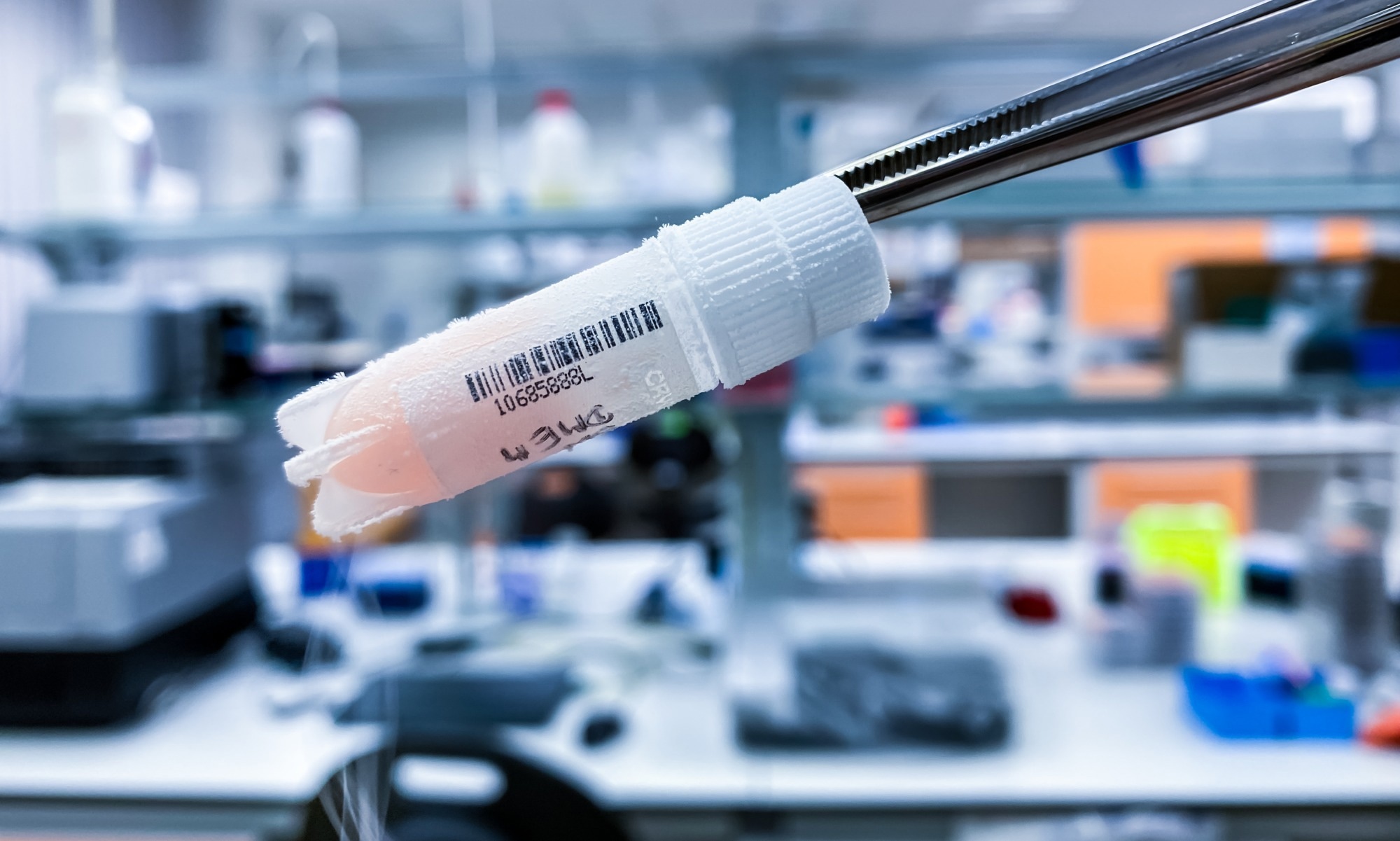Reviewed by Frances BriggsAug 4 2025
Tohoku University scientists have developed a new cryo-imaging method that reveals both the structure and elemental composition of nanomaterials in frozen liquids with minimal damage.

Image Credit: Artur Wnorowski/Shutterstock.com
The technique, recently published in Analytical Chemistry, combines cryogenic electron microscopy with an enhanced elemental mapping approach, allowing researchers to study organic and biological materials at high resolution.
Cryo-transmission electron microscopy (cryo-TEM) is widely used to study samples in a preserved, near-native frozen state. It is a very effective method for examining biological samples. But, while cryo-TEM gives information about the size, shape, and dispersion of materials in a frozen liquid, it cannot reveal the elemental composition.
Energy-filtered TEM (EF-TEM) is often used to fill the gap, a method that estimates the elemental composition using electron energy loss spectroscopy (EELS). However, it has limitations. The standard EELS/EF-TEM approach can cause severe damage to the material and frequently displays drift, resulting in fuzzy images. Traditional observations have been predominantly applied to metals or large-area samples, rather than organic nanomaterials.
The novel technique developed in this study enables the high-resolution examination of organic and bio-related materials.
One of the hurdles they faced was that the frozen water, used to preserve the sample, produced strong background signals. These plasmon signals from the ice interfered with detecting signals from the sample itself.
To address this, the researchers devised a novel imaging approach that combines the 3-window method for precise background correction with drift compensation techniques. In addition, they developed a new software for the “ParallEM” electron microscope control system, which allows for easy management of energy shift during imaging.
The scientists used their new approach to effectively visualize silicon distribution in silica nanoparticles in a frozen solvent, as well as their structure and dispersion. The smallest particle size observable via elemental mapping was around 10 nm.
The approach was also used to study hydroxyapatite particles, a fundamental component of bones and teeth, to investigate calcium and phosphorus distributions, which are important biological constituents.
This analytical breakthrough could expand the scope of cryo-imaging to a wider range of materials, including biomaterials, medical substances, catalysts, food products, and inks. It may offer a powerful tool for researchers across materials and the life sciences.
Journal Reference:
Unabara, D., et al. (2025). Low-Dose Elemental Mapping of Light Atoms in Liquid-phase Materials Using Cryo-EELS. Analytical Chemistry. doi/10.1021/acs.analchem.5c02121?goto=supporting-info.